Line-up sur cet Album
- Jonne Järvelä : vocals, guitare, mandoline, percussion, violafon
- Tuomas Rounakari : violon
- Cane : guitare, backing vocals
- Jarkko Aaltonen : basse
- Sami Perttula : accordéon
- Matson Johansson : batterie
Style:
Folk MetalDate de sortie:
7 Septembre 2018Label:
Nuclear Blast RecordsNote de la Soilchroniqueuse (Bloodybarbie) : 7.5/10
Oyez oyez, l’heure de la fête et de la beuverie a sonné, le jour de boire eeeeeeest ar-rivé ! Le nouvel album de Korpiklaani est sorti, que de joie !
Fidèles à leur recette traditionnelle avec les ingrédients de base qui confère à leur musique ces style et son si reconnaissables : le jeu de violon et d’accordéon, la voix unique de Jonne et ses textes en finnois, et ce côté très joyeux et dansant de leurs compositions toujours aussi bonnes. Ils nous présentent dans ce dixième album, Kulkija avec quelques nouveautés dans le style que je qualifierais dans sa globalité de « plus sage » et au tempérament calme comparé à ce à quoi Korpi nous a habitué(e)s.
J’ai beaucoup aimé la sublime balade « Harmaja », ça change de leurs standards. Si je devais retenir quelques morceaux : Les plus festifs « Neito », » Korpikuusen kyynel » et « Juomamaa ». Le plus sombre de tous étant « Sillanraketaja », le plus profond et houleux « Allon Alla » et un superbe titre instrumental « Pellervoinen ». Dans les plus exotiques et originaux, on y trouve un morceau sur lequel on pourrait danser du tango (du « Tango Metal » en somme) : « Kuin korpi nukkuva ».
Pour ma part, j’aime chaque album mais différemment. Toujours est-il que Korpiklaani n’a pas encore réussi à me décevoir (sauf en concert quand Jonne est bourré à en perdre ses mots et que le concert tourne en instrumental). J’ai une légère préférence pour son prédécesseur, Noita, plus marquant, festif et dansant que ce doux et profond Kulkija mais ce dernier n’incite clairement pas à la beuverie !
Je crois bien qu’arrêter l’alcool les a rendu plus sages ! Et d’ailleurs en parlant de sagesse, le concept de l’album en est riche, vous pouvez en consulter les explications en fin d’article.
Tracklist :
1. Neito (3:52)
2. Korpikuusen kyynel (4:07)
3. Aallon alla (4:05)
4. Harmaja (5:08)
5. Kotikonnut (4:23)
6. Korppikalliota (5:38)
7. Kallon malja (9:46)
8. Sillanrakentaja (6:44)
9. Henkselipoika (3:56)
10. Pellervoinen (3:19)
11. Riemu (5:15)
12. Kuin korpi nukkuva (3:56)
13. Juomamaa (3:49)
14. Tuttu on tie (7:22)
Kulkija Tracklisting :
01. Neito (“Maiden”)
The road is a wanderer’s bride, a maiden who he misses and who he travels with. However, the real maiden is waiting for his return home. After a journey you may bury your carriage, but the wistful traveler’s songs and music will be carried where it lies. A traveler was born to wander.
02. Korpikuusen kyynel (“Moonshine”)
The Finnish equivalent for moonshine, korpikuusen kyynel (”a tear of the backwoods spruce”), refers to self-made hard liquor that was secretly distilled and shed like tears in the middle of the forest. Enjoying his carefree life, the moonshiner in the song sees the world around him from his hiding place.
03. Aallon alla (“Under the Wave”)
A song of the drowning one. The lake and the sea are unpredictable. They are the oarsman’s grave. No wings or riches are of help when the drowning man falls on the swinging waves. The oarsman in the story cannot hear the cry of the drowning one, which could be heard by a deaf one. The waves can also be seen as safe: they drift you silently towards eternity.
04. Harmaja (“The Grey”)
The blackcap (Sylvia atricapilla), the bird in the song, has been unable to migrate south because of a broken wing. The song depicts anxiety and the fading memory. . A Finnish poet Zachris Topelius wrote in 1853 a poem titled “Sylvian joululaulu” about homesickness which is referred to by “laulu kaipauksen” (a song of yearning) in the song. The song can also mean the “greyness” when a partner of an old couple dies.
05. Kotikonnut (“Homestead”)
During his journey, a wanderer yearningly looks back on his home, childhood and the beauty of everything. He remembers running with his girl on the meadow, believing it to last till the end of times. Although his home is now the road and a carriage run on joy, he will still always remember the happiness of his home and youth. At the time the moon was golden, shining everywhere at night, lighting up the otherwise dark countryside and the forest. The wanderer eventually accepts that everything that comes, will one day fade into a distant memory.
06. Korppikalliota (“The Raven’s Rock”)
A black raven has been considered the bird of the devil, even a bringer of death. It has been assembled from embers and burned wood. In ancient songs it was asked to carry a singer’s worries and drown them into a fishless pond. The raven was believed to be capable of living hundreds of years. It was also believed to be so wise that it could dodge a bullet shot at it. Old and wise, the raven in the song sings at the top of a tall spruce, telling who has died at the root of the tree.
07. Kallon malja (“Chalice of the Skull”)
The text, in first person, is set in the wintry wilderness of Lapland, surrounded by fells and with a campfire flowing together with his fiery, beautiful hair before him. He has got one eye from a horned creature and one from a blazing sky. With these eyes he watches the snow going through a dead tree and the dark sky with the Northern lights dancing on it. The animals gathering around him connect the narrator with wintry nature and make him part of the cycle.
08. Sillanrakentaja (“Bridge Builder”)
At Lake Pyhäjärvi, located in the area of Eura and Säkylä, Finland, lies the end of Cape Hiittenkari. It is said to have been built by a giant, who wanted to build a bridge over the lake. While he was at it, the lady of the house turned up, ridiculing the torn clothes of the giant who worked hunched. Leaving his work unfinished, the giant took offense and tried to cast a large stone at the mean woman. The stone flew through the air and landed at the border of the Säkylä and Kauttua villages, becoming a boundary mark.
09. Henkselipoika (“A Boy in Suspenders”)
The narrator in the song is a farmhand, who watches maids work while remaining lazy himself during a warm summer day. He would like to have one of the maids as his partner, but is unable to decide who. Fond of parties and fun, the farmhand ponders whether the maids have noticed him.
10. Pellervoinen
Instrumental
11. Riemu (“Joy”)
In a joyous mood, a reveler goes to the party venue. He walks through mounds, a forest and a field, at times thinking about whether he is wearing a veil of joy or madness defining his life.
12. Kuin korpi nukkuva (“Like a sleeping Forest”)
A wanderer dreams of an easy journey on an even road, with the girl of his dreams beside him. Returning home, he feels that he does not belong anywhere. The wanderer does not want to wake, as life is rife with fears and worries. At the end the dream the girl picks a dead flower, he wakes up, he realizes that he must live for today and not for tomorrow.
13. Juomamaa (“Drinker’s Land”)
Some were born as wanderers, some as drunkards, some as both. This song depicts day- to-day drinking with friends and acquaintances. A drinker’s land is a place of enjoyment with no worries.
14. Tuttu on tie (“The Road is familiar”)
A wanderer’s home is a nostalgic road that he must walk from day to day. On the road you have time to think about your longing and yearn for your lost love, yet being happy with what you have. The wanderer knows the road inside out, like the palms of his hands. He is accompanied by his friends: the sun and the moon. As the night falls, he closes his eyes, feeling the soft hand of longing on his cheek.
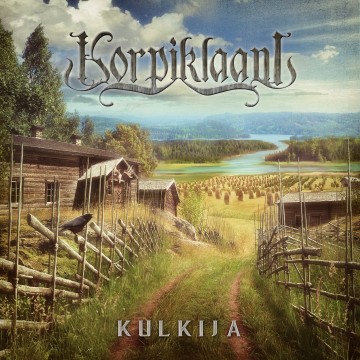





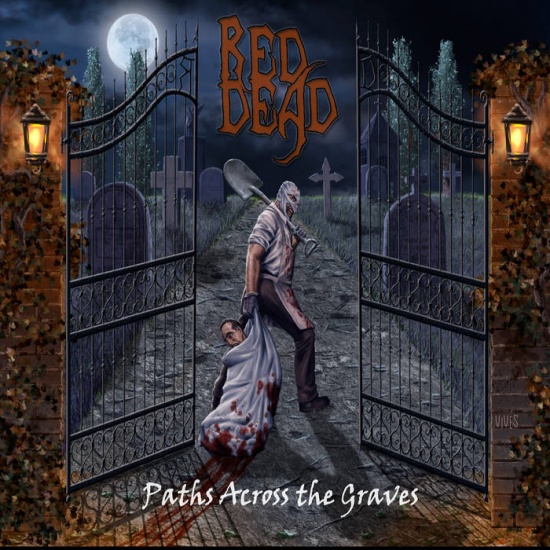



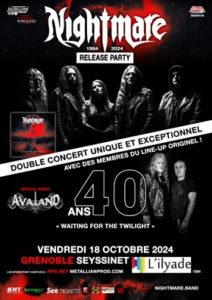
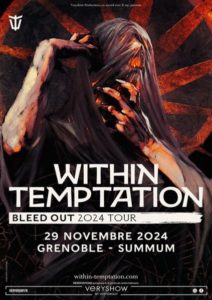
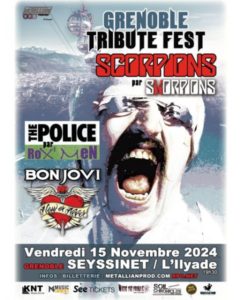
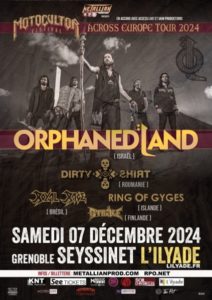
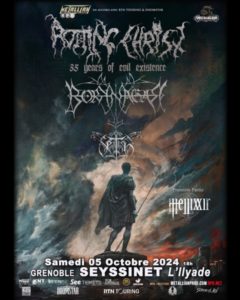
Laissez un commentaire